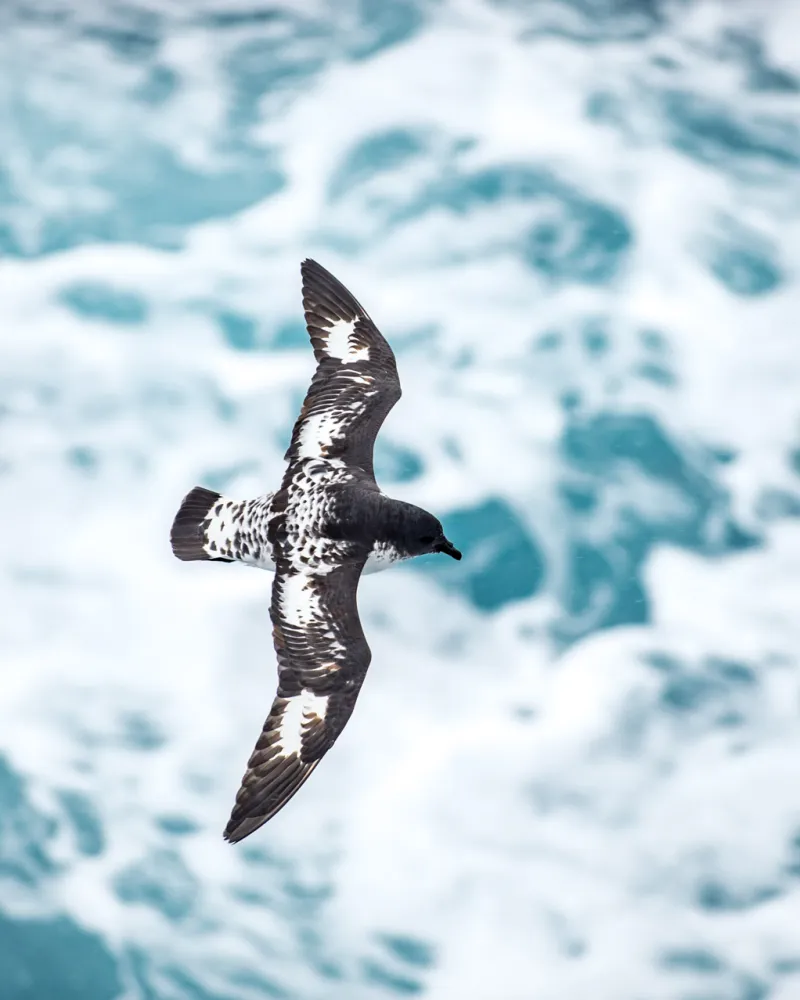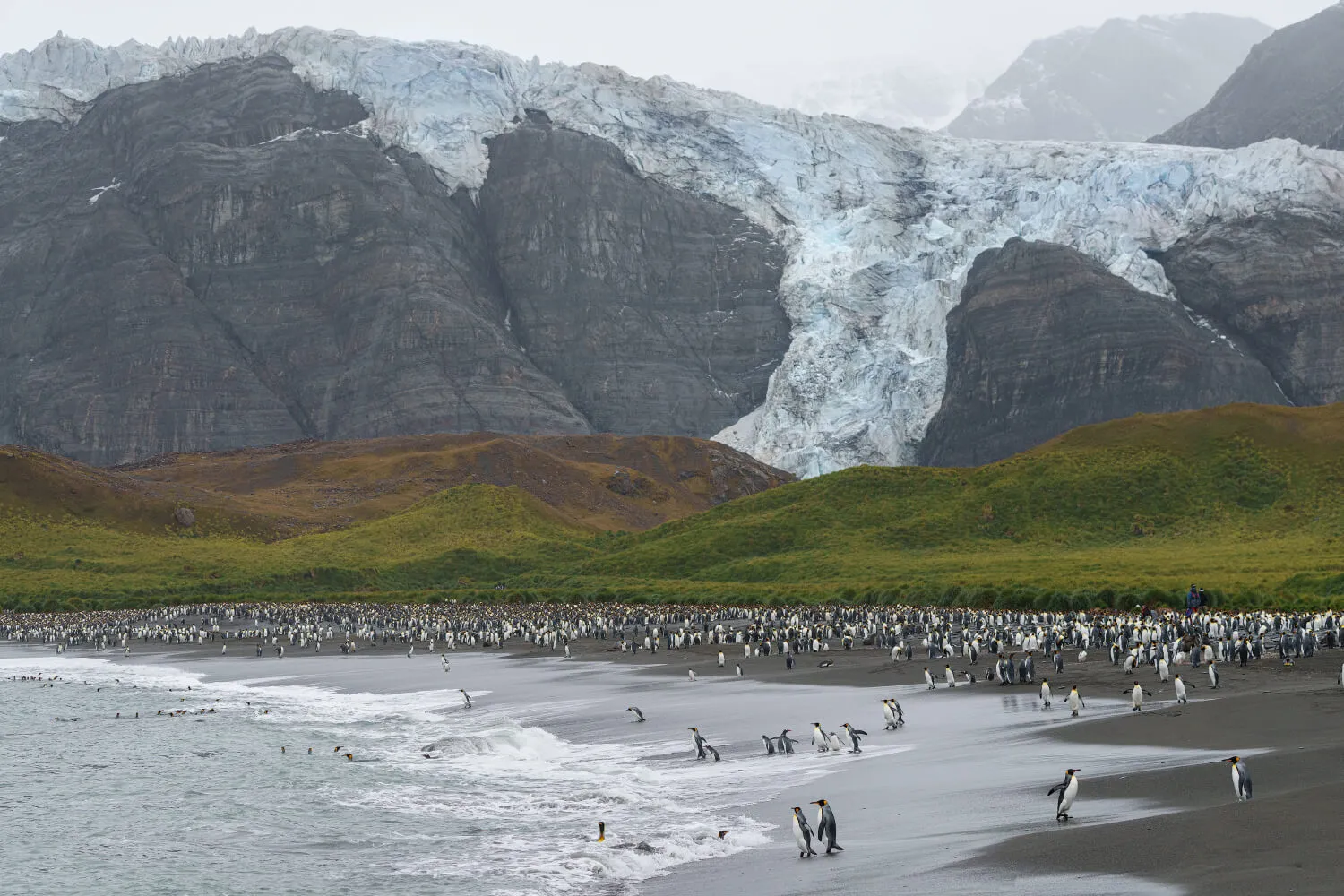
Cape Horn
The Origins Of Cape Horn
There’s a novelty to being at the end of the world. Set in the Tierra del Fuego archipelago of southern Chile—in a land rife with ancient glaciers and home to the world’s southernmost kelp forest—Cape Horn is an ancient, intriguing region of extremes where a complex ecosystem thrives. Once on a vital path of the Americas maritime trade route, it’s a land with a storied past, where shipwrecked explorers found refuge and native peoples thrived in the region’s lenga forests and waterways by hunting with harpoons from wooden canoes.
Spilling into the Drake Passage— where sub-polar and polar waters of the Atlantic, Pacific, and Southern Oceans clash—Cape Horn and the surrounding Magallanes region are home to a wild ocean abundant in marine mammals and seabirds. Throughout the region, Antarctica21 travelers can witness sea lions dash through the waters for prey, black-browed albatross circle the sky and red-eyed rockhopper penguins find refuge in one of the species most important nesting grounds.
While Cape Horn is a notable landmark on our sea voyages route to Antarctica, landings are rare and depend entirely on weather and sea conditions. Most often, our guests experience this legendary site from the ship, taking in its dramatic presence as we sail past the southernmost tip of South America.

Highlights
Rich Maritime History
Cape Horn has a storied maritime history as a treacherous passage for sailing ships during the age of exploration and global trade, symbolizing both peril and achievement for generations of seafarers.
Chile at the Edge
Cape Horn is part of Chilean territory, and its presence is marked by a small Chilean Navy station that maintains a lighthouse and honors the region’s maritime heritage.
Wildlife Diversity
Home to a rich variety of wildlife, including sea lions, dolphins, black-browed albatrosses, and colonies of rockhopper penguins that nest along its rugged shores.
Did you know?
Climate
Marked by windy, moody and snowy conditions, Cape Horn is home to a cool climate year...
Discovery
Though the Magellan Straight was first reached as early as the 1500s, it wasn’t until 1616...
Geography
With high, breaking waves over rocky shores and black cliffs, Cape Horn’s terrain is...
Wildlife
A rich and diverse range of wildlife adapted to the harsh sub-Antarctic environment...
Wildlife in Cape Horn







Find Your Next Adventure

Experience the Extraordinary
From dramatic landscapes to close wildlife encounters, every journey to the White Continent is unique. Let's start planning yours together.














.jpg)






